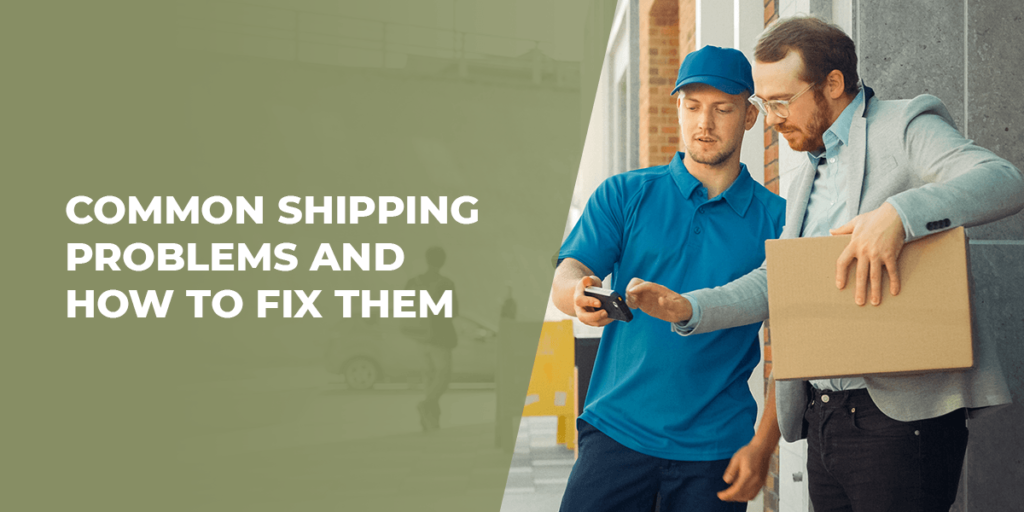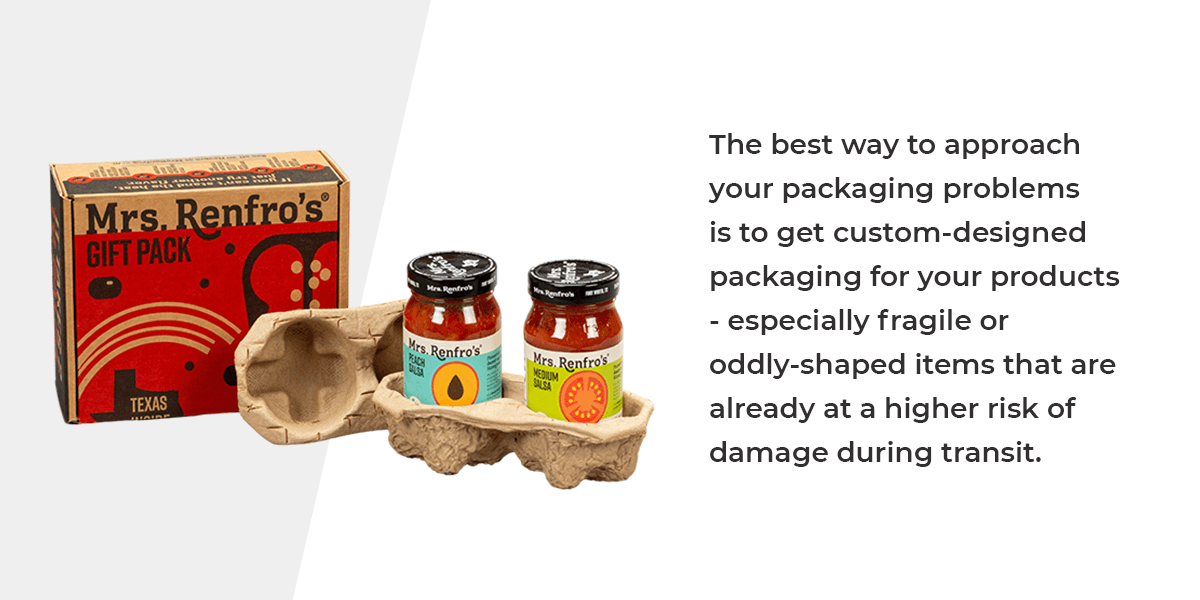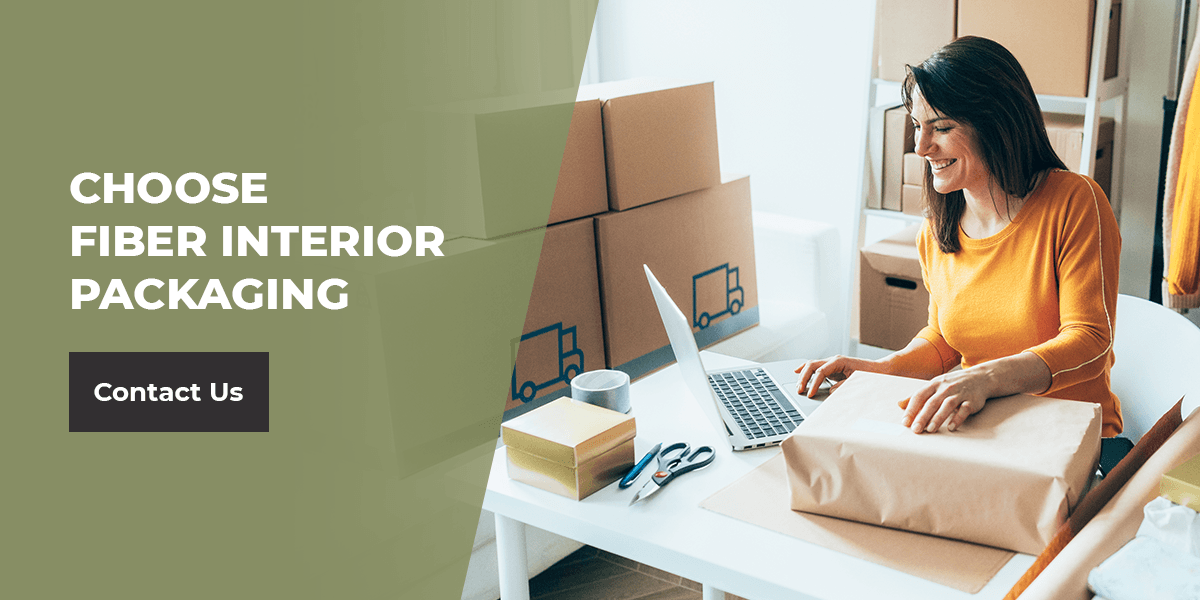
Your customers want your products. Great! What’s next? You have to ship them.
If you’re an owner of a small e-commerce business, chances are high that you’ve already faced a few common shipping problems. You’re definitely not alone.
Shipping products to your customers is an important factor that determines the success of your business. Any problems you have with shipping your products can have a direct impact on sales, brand image, and growth.
You might think that shipping issues are out of your control — and some aspects, like weather and mishandling, are. But there are also some steps you can take to avoid shipping and fulfillment problems. We’ve put together a guide with some of the best shipping solutions to help you get started.
Table of Contents
Pricing and Handling Returns
Many small businesses are unsure how to handle returns without adding more costs than necessary. So what’s the solution?
You should have a returns process in place before you send out packages. Answer these questions:
- Who is going to cover the shipping costs?
- Who is printing the return labels?
- Who is dropping off the package and picking it up?
As for shipping costs, you can choose to have your customers pay or take the responsibility yourself. Shipping can get expensive, so it can be challenging to find a solution that’s sustainable for your business and acceptable to your customers. If you’re looking for a balance, you can have customers pay half of the return shipping price while you cover the other half. This approach is commonly referred to as discounted return shipping for your customers.
Your approach to printing return labels will depend on who’s covering the shipping costs. If you’re going to cover costs and offer free returns, you’ll need to provide the prepaid return label. You might opt to include return labels with all the packages you ship out so every customer will have one if they need it. Alternatively, you can send the labels to customers via email when they submit a return request. They can print the label on their own.
You’ll also have to consider who will drop off the packages and pick them up. If you’re paying for return shipping, you can choose a carrier and let the customer know where they’ll need to take the package. If the customer is paying, they can choose.
Whatever approach you take, it’s important that you provide clear instructions and explain your return policy to your customers. This information should be easily available on your website. With a clear policy in place, your customers will know what to expect.
International Shipping Issues
International orders are very common these days. Shipping your products internationally requires a few additional steps. You’ll need to:
- Find the right carriers: Each carrier has its own costs and guidelines and regulations, so it’s important to find the right one for your business.
- Pay extra duties and taxes: Duties and taxes vary from country to country, and they can change frequently depending on many different factors. Be sure to keep up with current regulations.
- Prepare your packages to go through customs: You’ll need to have the right papers for your products to clear customs in other countries. Double-checking these details before shipping can help avoid any delays in getting your products to your international customers.
You should also have clear time frames on your website to let international customers know how long they can typically expect to wait for their packages.
Packaging Problems
You might have received some complaints from customers about packages arriving in poor or damaged condition. You can’t always avoid this issue, but you can help by making sure you’re packaging items securely. Choose appropriately-sized boxes and make sure they’re sealed and labeled.
Oftentimes, the best way to approach your packaging problems is to get custom-designed packaging for your products — especially fragile or oddly-shaped items that are already at a higher risk of damage during transit. Great Northern Fiber Interior Packaging™ can customize packaging to specifically fit your product.
Keeping Costs Low
Your business has many expenses, and any opportunity to lower costs is crucial. Here are a few of the best shipping solutions when you’re looking to keep costs low:
- Add a local delivery option: If local customers are ordering your products, you might want to handle deliveries or even offer pickup. You can avoid paying fulfillment service fees to a third-party carrier.
- Compare prices between carriers: There are many carriers to choose from, and they all have unique pricing for their services. Do some research to find the best rates for your business.
- Invest in flat-rate shipping: Some carriers might provide a flat-rate option for shipping based on the distance a package travels and the end destination. If you ship your packages to the same location regularly, flat-rate shipping can be a cost-effective option.
- Outsource to a third-party logistics provider: Outsourcing all of your logistics might be easier for you, and it can help you save if you’re regularly replacing damaged packages out of pocket. But it can be expensive, especially for smaller businesses that sell only a few products. Be sure to compare prices and consider your options.
- Choose custom interior packaging solutions: With a custom interior packaging solution, you can save time and money. A simple custom design is easy to use and reduces the need for other shipping products. This method for packaging decreases the production cost and reduces your spending on other materials.
Choose Fiber Interior Packaging
If your business is looking to avoid common shipping problems, custom interior packaging can make all the difference. Contact us today to learn more about how you can save time and money with our shipping solutions, or give us a call at 800.925.2626.







